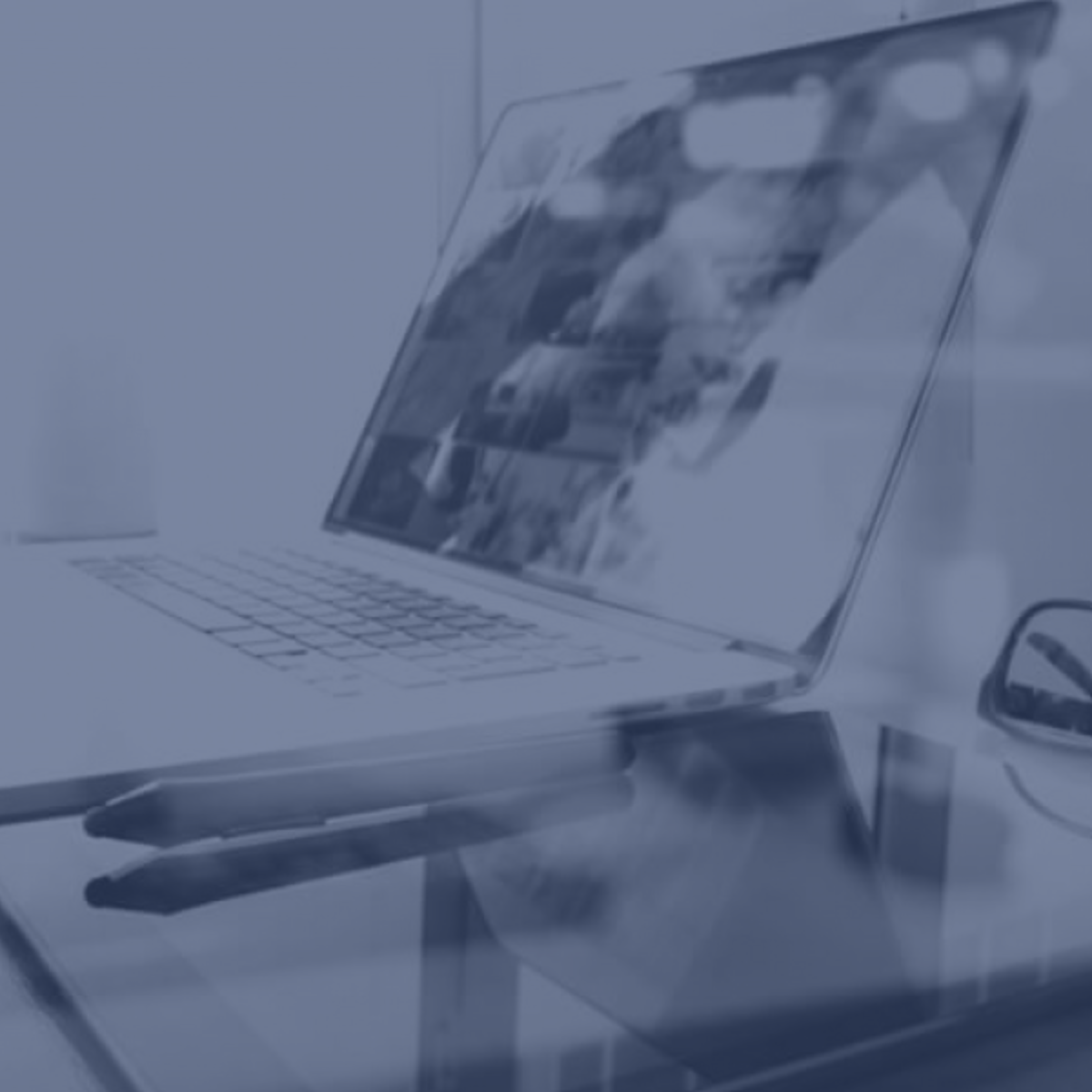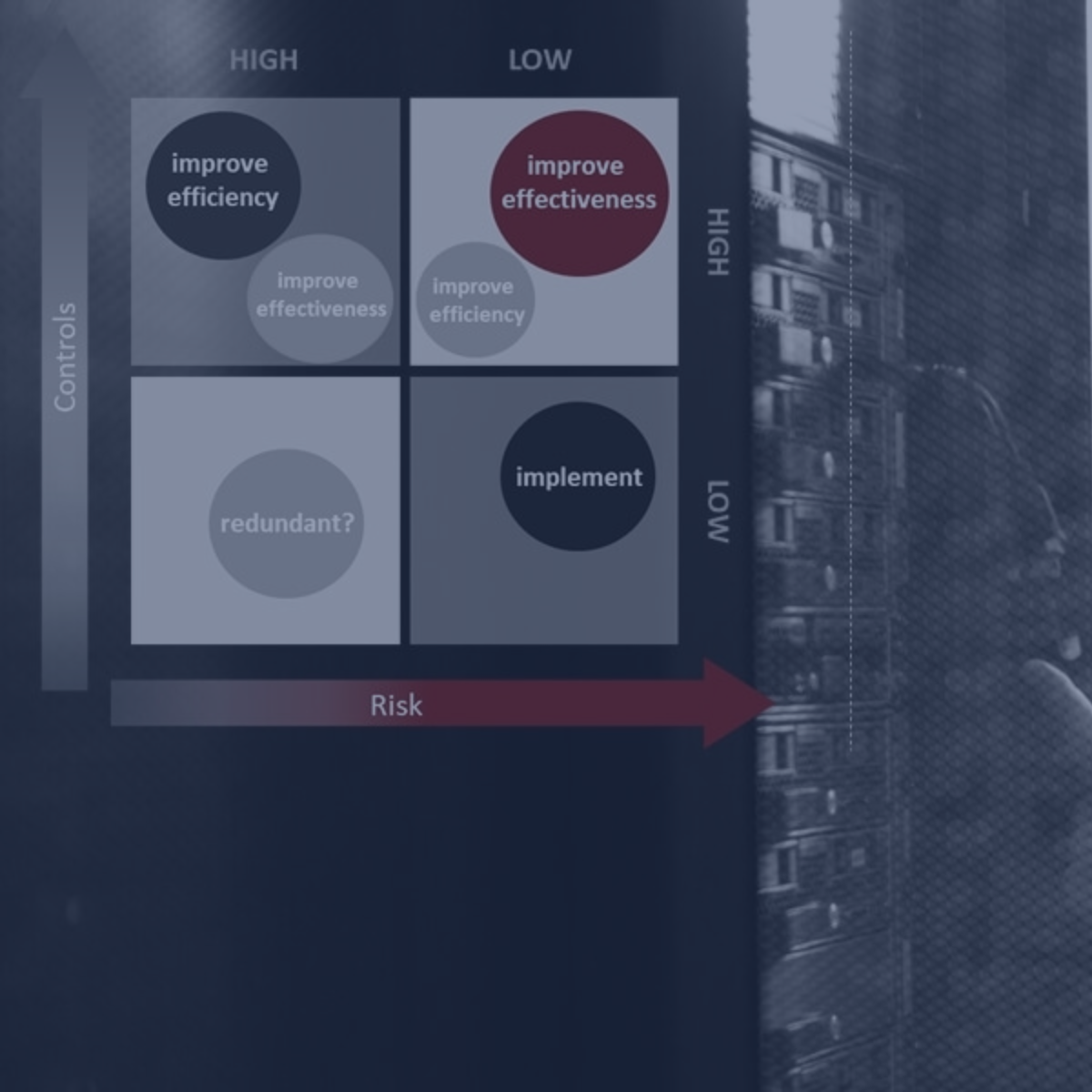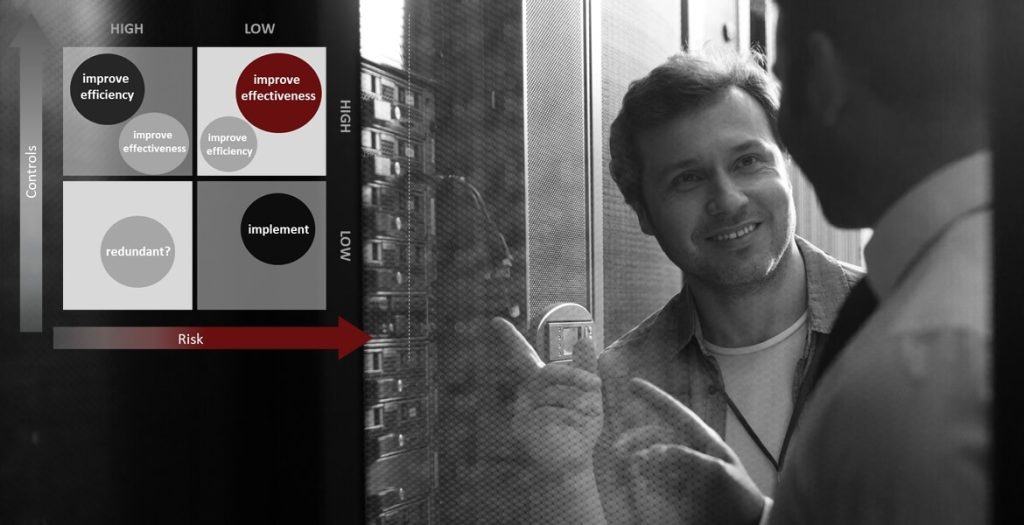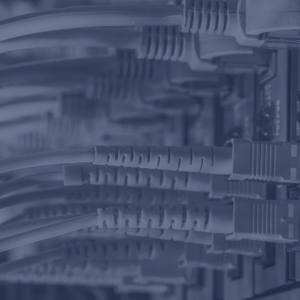SOC 2 or ISO 27001: Which is better suited for my organization?
If your organization provides business-to-business IT or financial services, it’s likely that your clients will request SOC 2 or ISO 27001 certification or attestation. This process can demand significant resources and time from your organization. This article explains the similarities and differences between these two certifications. A SOC 2 report and an ISO 27001 certificate can be compared to close relatives, and there are opportunities for efficiency, as achieving one certification can significantly reduce the time required to obtain the other.
1. Scope
Both SOC 2 and ISO 27001 are similarly designed to provide clients with confidence that their data is protected. The clients have commonalities, as both frameworks address critical aspects of information security, such as confidentiality, integrity, and availability. Both are widely recognized certifications that demonstrate to clients your company’s commitment to security.
A key difference is that the SOC 2 certification primarily focuses on demonstrating the effective implementation of security measures that protect client data. ISO 27001, on the other hand, solely requires an organization to have an Information Security Management System (ISMS), a prescribed set of security measures.
2. Market applicability
A significant similarity is that both certifications are well-known information security standards widely accepted as proof that an organization has appropriate security measures in place. Particularly in the United States, these certifications are accepted by organizations of all sizes, from small businesses to large corporations. Both are fully accepted across most industries and position an organization as a reliable vendor with robust information security practices.
3. External party
Both certifications are assessed by third parties, either ISO 27001 auditors or (registered) accountants. The key difference is that a firm recognized by the Netherlands Institute of Chartered Accountants (NBA) issues a SOC 2 report, while an accredited ISO 27001 auditor certifies ISO 27001 compliance. Risklane employs both recognized accountants and accredited ISO 27001 auditors who can advise on the audit process.
4. Costs
Both certifications have comparable operational costs, which include the internal costs for the team implementing the control measures and gathering the evidence required to demonstrate compliance with SOC 2 or ISO 27001.
The pricing for the two types of certifications can vary significantly. Generally, the costs of a SOC 2 certification are higher than those of an ISO 27001 certification. This is primarily due to the extensive documentation requirements for auditors conducting a SOC 2 audit.
5. Timeframe
The project approach for both certifications is similar and consists of roughly corresponding phases. Since SOC 2 and ISO 27001 share many of the same control measures, the implementation phases also have a comparable timeframe. However, a SOC 2 audit may require more internal and external (auditor) time due to the aforementioned documentation requirements.
After the audit period, both SOC 2 and ISO 27001 certifications must be periodically renewed to remain valid for user organizations. ISO 27001 typically involves a three-year cycle, with an audit in the first year and annual renewals thereafter.
About Securance
Our mission propels us to go above and beyond in fostering the growth and success of our customers. We are dedicated to expanding possibilities, enabling excellence, fostering growth, attracting new customers, and enhancing internal processes. Achieving this mission involves pioneering risk management innovations, optimizing efficiency through automation, cultivating a diverse global team, and making positive contributions to the communities we serve. Additionally, we are steadfast in our commitment to serving as a gateway for companies to become more sustainable and transparent, thus providing a distinct and valuable contribution to society. Our unwavering pursuit of the highest quality ensures that we have succeeded when all customer objectives are met, and our clients are 100% satisfied.






